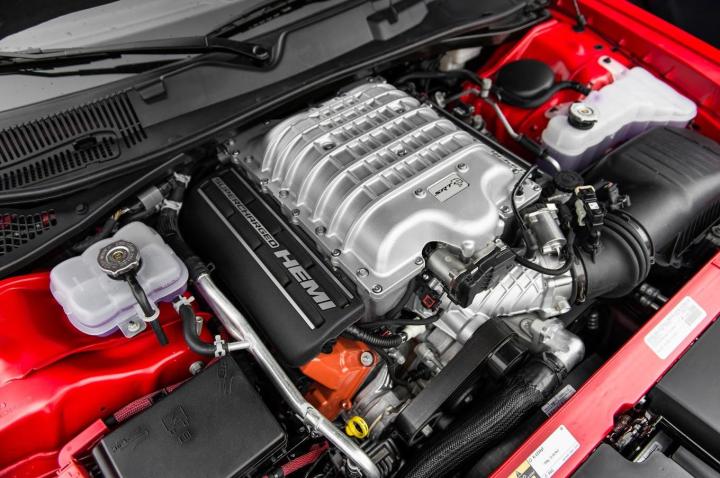
Unfortunately, further emissions and fuel economy regulations are pushing the U.S. automaker into uncharted territory. Weight savings, better aerodynamics, and smoother engine internals just aren’t enough to bring the brand into regulators’ good graces, so more drastic actions are on the way.
According to Motor Authority, Dodge will be forced to discontinue production of its HEMI V8 and supercharged Hellcat engines by 2019, and smaller, twin-turbocharged four and six-cylinder engines will be substituted. Both Dodge’s 6.2 and 6.4-liter HEMI V8s are on the chopping block.
What does that mean for Dodge’s R/T and other performance offerings? Thanks to continually increasing performance from forced induction-equipped powertrains, expect similar output from new four and six-cylinder twin-turbocharged motors, but that’s where the similarities to HEMI V8s will end.
The instantly-recognizable roar of a HEMI V8 will be lost, removing perhaps the muscle car’s most essential personality trait. Yes, speed and acceleration may very well increase with smaller, lighter turbocharged engines, but the sensation of speed may be severely diminished.
At this point, Dodge has yet to confirm the report, but while the news is shocking, it’s certainly believable based on the dramatic efficiency measures other automakers have been forced to take recently.
Should the HEMI not live past the end of the decade, those who have been holding out for one of Dodge’s V8-powered creations will want to move on one soon, before the used market demands a premium for a piece of history.


